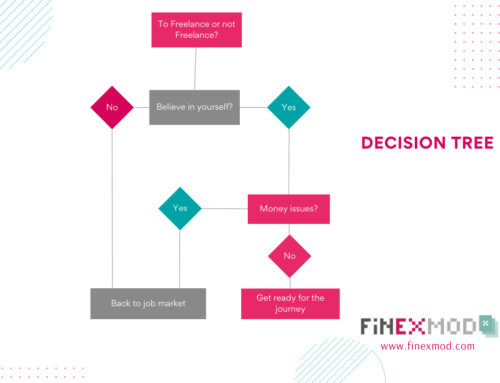Having flexibility in my timeline is something that I very much emphasize. I want my financial models to have as much flexibility in timeline and one of the flexibilities that I provide in my financial models is the flexibility to change the frequency of projections both during construction and operation.
So, I introduce two inputs: model frequency during construction and operation. I always advocate for the construction phase to be monthly and the operation phase to match the debt repayment frequency that lenders require.
Some time ago, one of my clients was negotiating a concession. I built a financial model to negotiate the tariff for the project on an open-book basis. The financial advisor of the concessionaire reviewed my financial model, and one of their requests was to build the operation phase on a monthly basis. I was surprised by the request, and my response was the argument I just told you. I told them: “The model can switch to monthly during construction, but for the operation, we wanted to ensure that the cash flow matches with the debt repayment and that all debt ratios and metrics are reflected as per the frequency of reporting with lenders. In addition, at this stage, it requires structural changes to change the reporting frequency to monthly, and since the model is already shared with lenders, it will not be possible to change this at this stage.”
The advisor came back with another request to at least report the first year of operation on a monthly basis. I had to add a separate sheet in the model and make some extrapolation to convert the cash flow statement during the first operating year on a monthly basis for this reporting request. It was a quick and dirty solution, and I was not too fond of it and was uncomfortable with my way of doing it.
At this time, the idea of building a monthly financial model throughout the project life was planted in my mind. However, I was too stuck with the idea of matching the frequency of reporting during operation to the frequency of debt repayment and reporting of lenders.
But later, I thought about it, and to my surprise, I discovered I would gain so much by making this change. Here are the advantages that I came up with:
Added Flexibility:
I once built a model for a transaction that involved five lenders and five tranches of debt in the model, all of which required semi-annual debt repayment. My model was monthly during construction and semi-annual during operation. At the later stage of the project, when the model was already in the audit process, one of the lenders pulled out of the deal. The new lenders who came into the deal asked for quarterly debt repayment and rightly asked for their tranche to be reflected quarterly in the model. Again, I had to do a quick and dirty thing not to make structural changes to the model. I added a quarterly timeline in a separate sheet in the model but then consolidated that on a semi-annual basis. Having a monthly model during debt repayment would have enabled me to change the frequency of debt repayment for those tranches, and the flag would have accommodated quarterly repayment of that tranche and semi-annual repayment of other tranches without the need to do my quick and dirty trick. Monthly projections will bring much flexibility to your model, and for reporting purposes, you can consolidate your financial statement at any frequency you require.
Sustainability:
One of the reasons I prefer to have the frequency of reporting during construction in my financial model on a monthly basis, even during development and pre-Financial Close, is to make the transition from a pre-financial close model to a post-Financial Close model easier. Once the project hits construction, then at the SPV level, all the ins and outs from the project accounts will be tracked on a monthly basis, and the financial model needs to incorporate these actuals. Having a monthly model during construction will enable me to add a worksheet in my model for actuals, which are categorized precisely as per the categories of Sources and Uses of Funds statement reported in the pre-FC model, and create some additional flags and counters. Then, for each cash item in the Sources and Uses statement during construction, I will have to modify the formula to take the actuals from the actual sheet and continue forecasting for the remaining construction phase. This change still requires some structural changes to the model, but if I had a model on a quarterly or semi-annual basis without the possibility to switch to monthly, it would have been much more difficult or even caused a complete rebuild of a new financial model from scratch.
When it comes to the switch in the financial model from construction to operation, you need a tool that can track all ins and outs from project cash accounts on a monthly basis, and it is also required for reporting to lenders. Following the same logic I told you about the switch between the pre-FC and post-FC model, having a monthly model will also enable me to present a tool to my client that can be used to track the project’s operation post-construction.
Of course, I am concerned about the size of the file, but if I use the design layout that I advocated in my previous post, meaning including all calculation sheets within one dedicated sheet in the model, categorized properly with a well-defined column structure, then having 360 columns of data will not significantly increase the size of the file.
I wonder your thoughts on this and if you are interested in discussing this with me.


